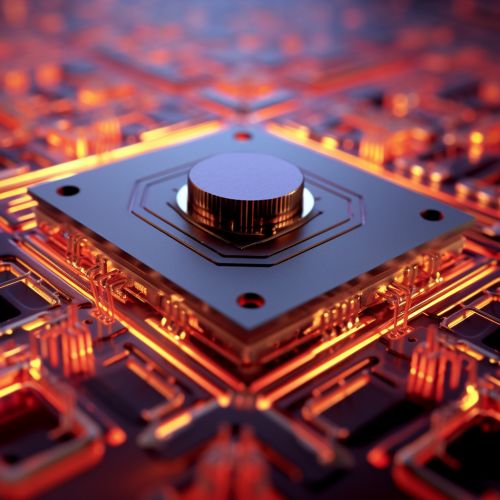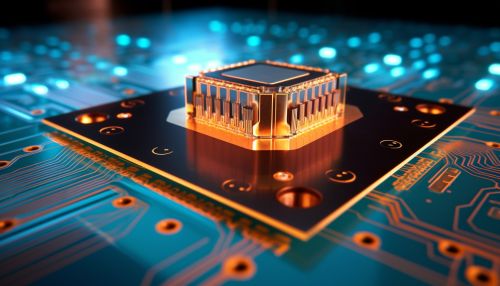Transistor
Introduction
A Transistor is a fundamental building block of modern electronic devices, and is ubiquitous in modern electronic systems. It is a semiconductor device used to amplify or switch electronic signals and electrical power. The transistor is the key active component in practically all modern electronics.
History
The first transistor was invented at Bell Labs in 1947 by a team of scientists led by William Shockley. The team, which also included John Bardeen and Walter Brattain, received the Nobel Prize in Physics in 1956 for their invention. The transistor revolutionized the field of electronics, and paved the way for smaller and cheaper radios, calculators, and computers, among other things.


Types of Transistors
There are two basic types of transistors: the Bipolar Junction Transistor (BJT) and the Field-Effect Transistor (FET). Each type has its own strengths and weaknesses, and is used in different types of electronic circuits.
Bipolar Junction Transistor (BJT)
The BJT is a type of transistor that uses both electron and hole charge carriers. The main advantage of a BJT is that it can provide a large gain in a small area, making it useful for amplification applications.
Field-Effect Transistor (FET)
The FET is a type of transistor that uses an electric field to control the electrical behaviour of the device. FETs are widely used in both analog and digital circuits.
Operation
The operation of a transistor involves the use of a small signal input, which is amplified into a larger output signal. This is accomplished through the use of a semiconductor material with at least three terminals for connection to an external circuit.
Applications
Transistors are used in a wide variety of applications, including signal amplification, regulation of electrical signals, and switching. They are also used in the construction of digital circuits, such as microprocessors and memory chips.
